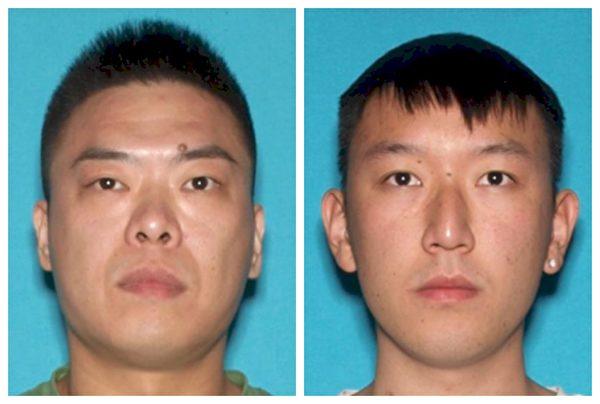A smartphone application that is able to send alerts seconds before an earthquake hits Southern California is now available for the public, Los Angeles Mayor Eric Garcetti announced on Jan. 3.
ShakeAlertLA, the first of its kind in the United States, is a free app that allows users to receive warnings when an earthquake of magnitude 5.0 or larger is detected across Los Angeles County. The earthquake early warning app was developed through a collaborative effort from the United States Geological Survey (USGS), AT&T, Garcetti’s office, and the Annenberg Foundation.




